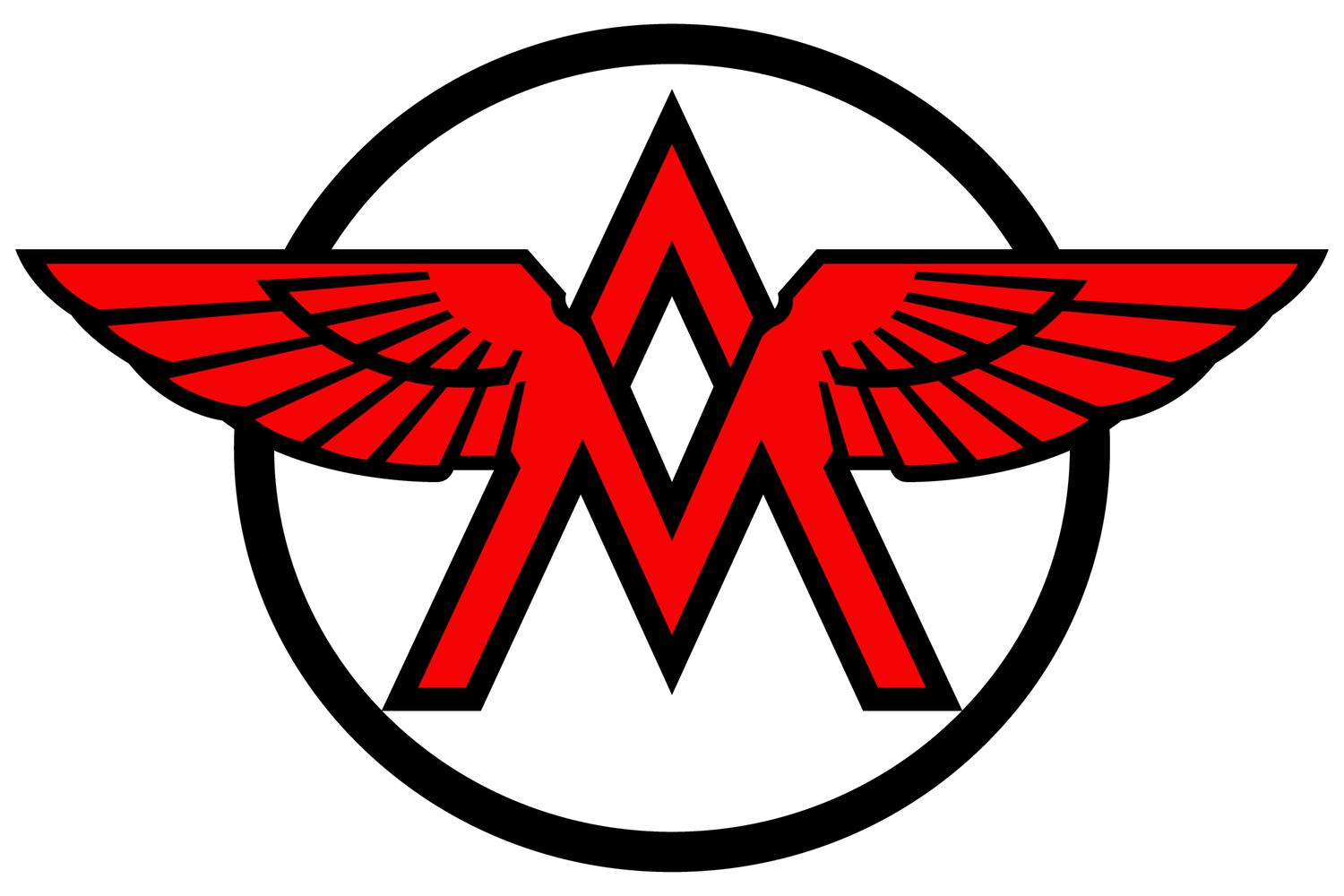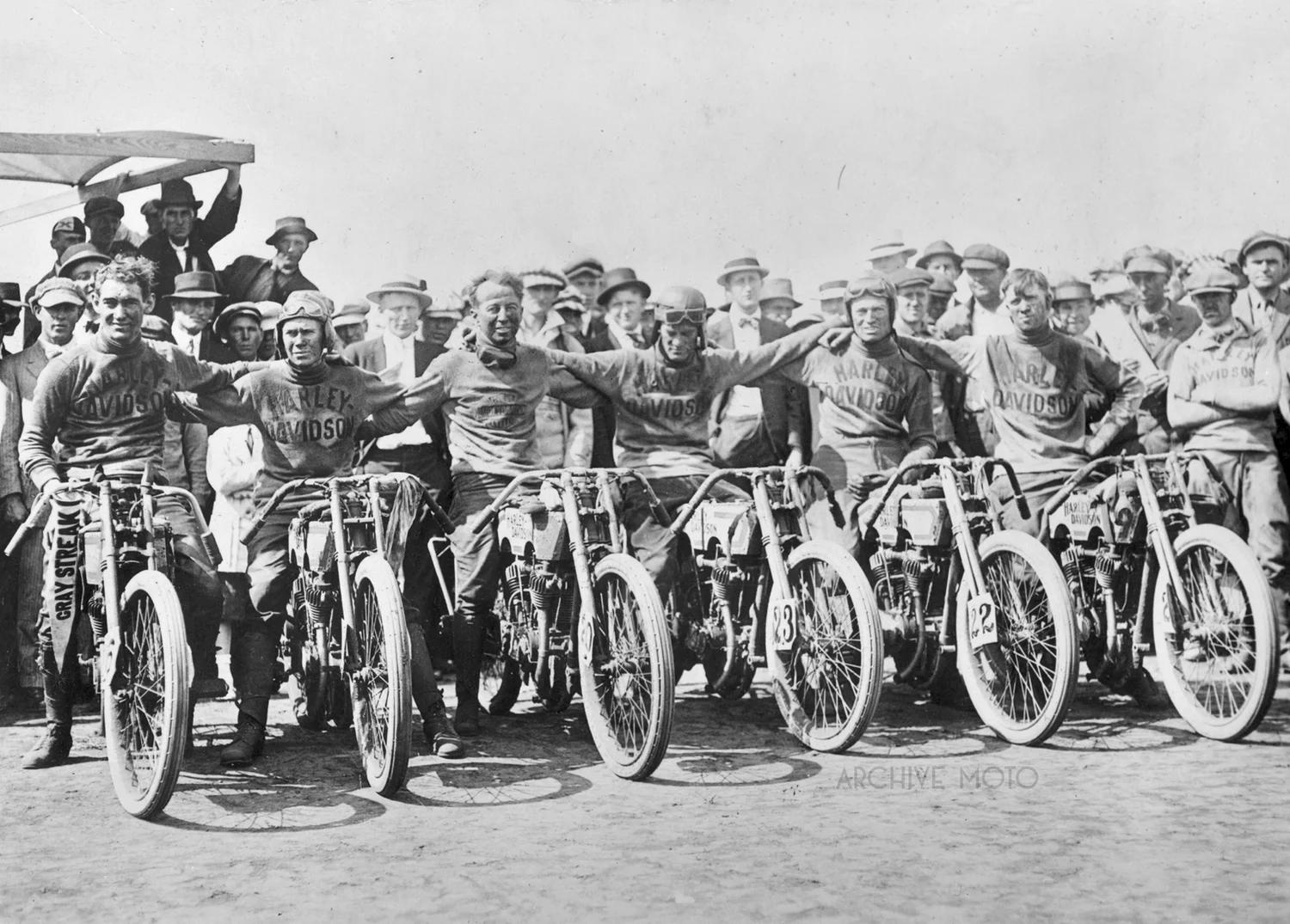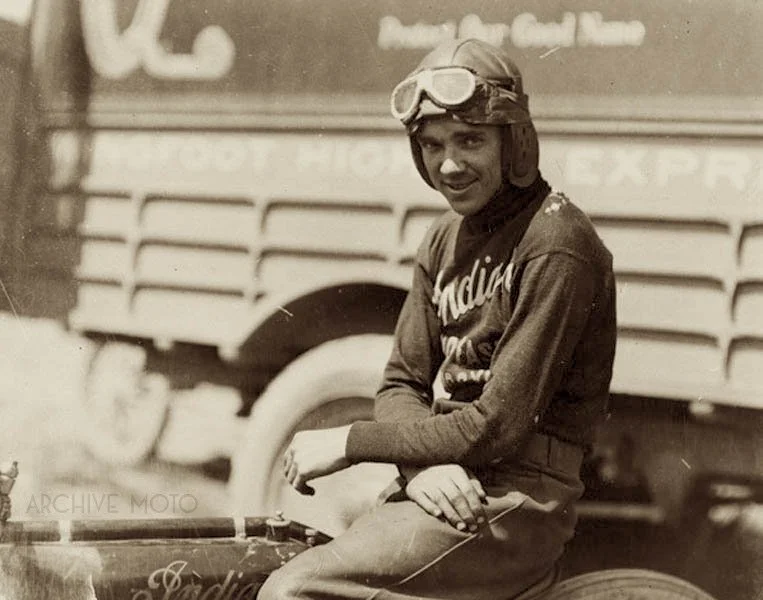There are names spoken in reverence whenever early American motorcycling legends are recalled; Hedstrom, DeRosier, Ottaway, but etched just as indelibly into the books of our two-wheeled past is that of, Charles Bayly Franklin, the soft-spoken Irishman who defined what a motorcycle was to be for a new modern era and cast the mold for its future.
A Dubliner, innovator, racer, and genuine pioneering motorcycle icon, Franklin remains among the most significant contributors to motorcycling culture to have ever jockeyed a throttle. Long before he reshaped the fortunes of the Indian Motorcycle Company, Franklin was a rising star in Ireland’s young yet burgeoning motorcycling scene.
Albert "Shrimp" Burns, the young California crack that once pestered the country’s best riders, is perhaps one of America's most recognizable and widely loved stars from the early days of motorcycle racing. Growing up just around the corner from the local Pope dealer in Oakland, Burns was the scamp perpetually having to be shooed away from the motorcycles parked out front by management. It is said that his first ride was actually the result of the manager's absence, a brief window in which the boy fired up one of the machines and took off around the block. Coming of age in the sensational motordrome era, Shrimp soon developed an interest in the flourishing sport of racing. Still, unlike many of his schoolyard buddies, Shrimp wasn't content to simply sit and watch. So, at the age of 14, he rebuilt an Indian twin and began competing in dirt-track races, bound for his destiny as one of the greatest motorcycle racers in history.
It is strange to think that Harley-Davidson, the now global giant in the world of motorcycling, began its story without fanfare or celebration, a single flake amid the blizzard of motorcycle brands blanketing the country at the turn of the century. A genuine personification of the American dream, what would eventually become The Harley-Davidson Motor Company famously began in the imagination of two boyhood friends, neighbors Arthur Davidson and William S. Harley, who became enthralled with creating their own motorized cycle as soon as the technology arrived in the US. Undoubtedly inspired by machines from America’s earliest motorcycle builders like E. R. Thomas, as well as local upstarts like Mitchell and Merkel humming and popping on the streets of Milwaukee by 1901, the first evidence of the teenaged duo’s exploration dates to a schematic sketch William Harley made of a small engine in July 1901. Still, it wasn’t until the practical machining skills of Arthur’s experienced older brother, Walter, who returned to Milwaukee from his railroad job in Kansas for the eldest Davidson brother, William’s wedding in 1903, that the first complete and functional Harley-Davidson came together in a real way. Together, the trio spent the winter of 1903/1904 working out the kinks and gremlins discovered in that prototype in the Davidson family home’s back yard shed on shed to produce a more robust, production-ready motorcycle by the spring of 1904, with three more built by the end of the year.
Though not as recognizable as many of his iconic peers, Robert Thomas Stubbs, better known as Bob, was a champion pioneer in the earliest days of motorcycle sport at the turn of the century. Hailing from Birmingham, Alabama, Stubbs was the eldest of ten children of Lizzie Gilbert and Thomas Jefferson Stubbs, a Confederate soldier who fought in the battles of Tuscaloosa and Chickamauga. Like many of America's first motorcycle racers, Stubbs was active in the cycling world of the late 1800s, competing in regional events throughout the southeast. His passion for two-wheeled racing soon turned to the exciting new motorized machines as they first appeared in the South. As Indian was among the first manufacturers to establish a firm grip on production and distribution at scale, Stubbs' name became among the first in the American South, just as his counterpart in Georgia, Harry Glenn, to appear beside mentions of the Springfield marque in the earliest local competitions. By 1907, Stubbs had been elected President of the newly formed Birmingham Motorcycle Club, where he organized some of the first track competitions in the region at the nearby dirt track at the Alabama State Fairgrounds, arranging the first ever meet there on July 4, 1907, and sweeping every event.





